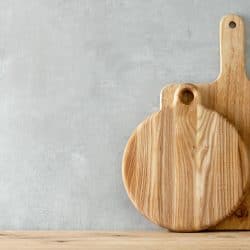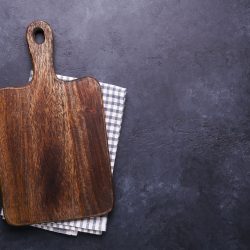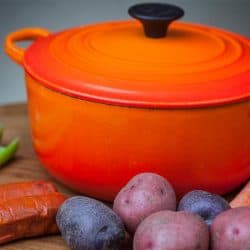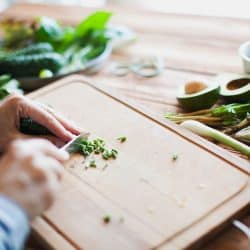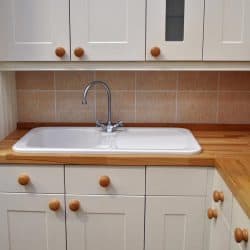Cutting boards are valuable tools in the kitchen. They protect your counters by providing a cutting surface for meat, vegetables, seafood, and much more. Wooden cutting boards, in particular, are sturdy, last for an extended period of time, and are gentle on knife blades. However, you may have some confusion about whether it's okay to cut raw and cooked meat on a cutting board. We have researched this matter so you can proceed safely.
You can use wood cutting boards for cutting raw and cooked meat, with a few exceptions. The cutting board should have a smooth, sealed surface, and it will need to be thoroughly sanitized after each use. In addition, it is imperative not to cross-contaminate raw meat with cooked meat or vegetables, as this causes foodborne illnesses.
Now that we've established that wood cutting boards are appropriate for cutting both raw and cooked meat, we'll look at the pros and cons of cutting meat on a wood cutting board, so keep reading to find out more. We'll also discuss the proper care techniques for your wooden cutting boards to keep them in pristine shape.
![Raw meat assortment - beef, lamb, chicken on a wooden board, Can You Cut Meat On A Wood Cutting Board? [Raw And Cooked]](https://kitchenseer.com/wp-content/uploads/2021/06/Can-You-Cut-Meat-On-A-Wood-Cutting-Board-Raw-And-Cooked.png)
What Are The Advantages And Disadvantages Of Cutting Meat On A Wood Cutting Board?
To help you really understand this topic, let's get into the details.
Advantages
- Won't dull knife blades
- Provides a stable surface for cutting
- Sturdy and durable
- Has natural antibacterial properties
- It can be sanded down to create a new surface if the board gets worn out
- Available in different woods like maple, teak, and beech
Click here to see this wooden cutting board on Amazon.
Disadvantages
- Must be hand washed
- They need to be oiled and conditioned regularly
- They can be costly, depending on wood type
- Harder to eliminate odors
- Some are big and bulky, not suitable for small spaces
How To Sanitize A Wood Cutting Board?
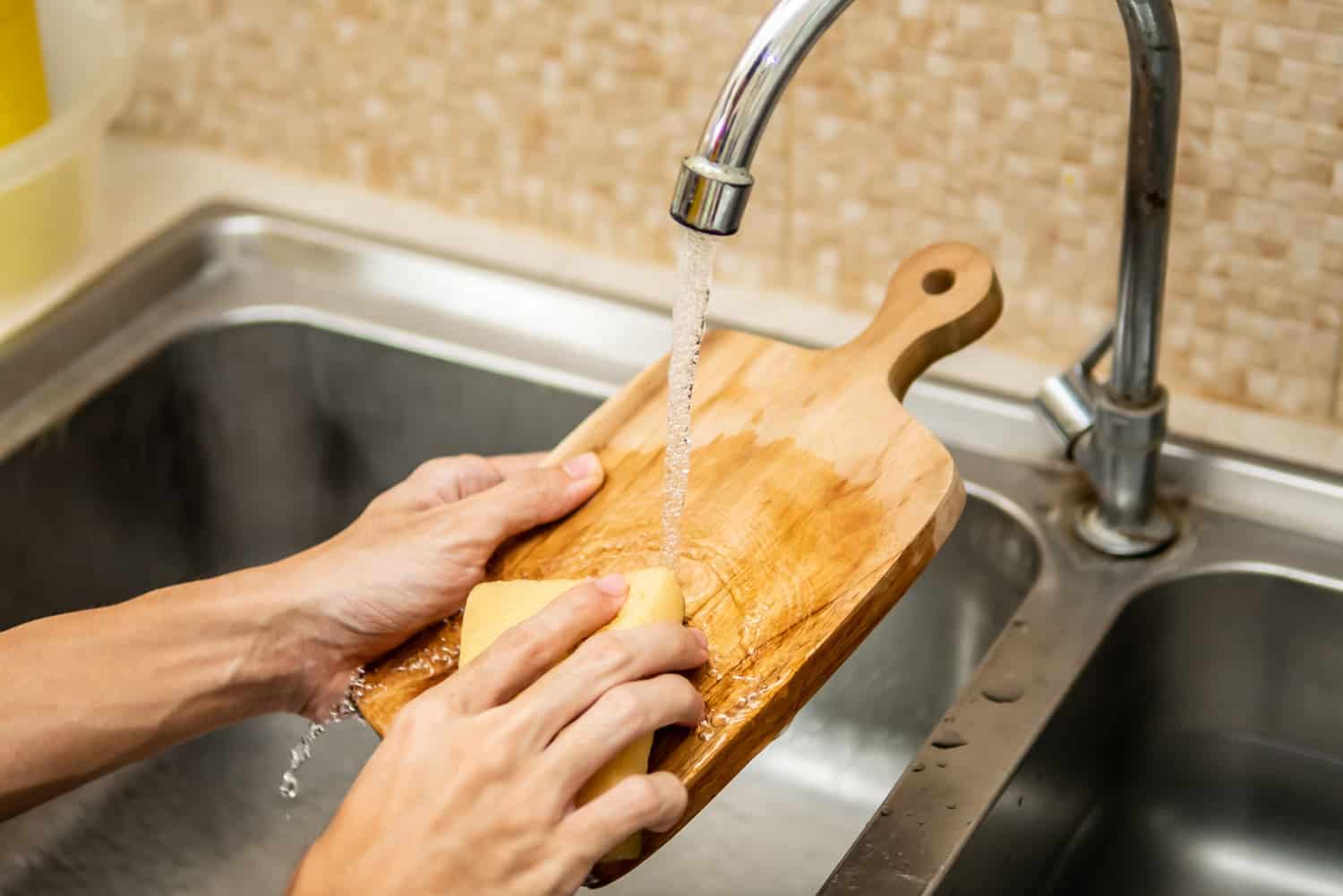
We already know that it's important to sanitize a wood cutting board after each use, but how exactly do you do clean them? There are several different methods, so let's take a look.
Dish Soap
You can clean wood cutting boards with regular dish soap and hot water. Place a little dish soap on one side of the board and vigorously rub with a scrubbing brush. Repeat for the other side and rinse thoroughly with hot water. The cutting board can then be dried with paper towels or left to air-dry in the dish drainer.
Vinegar
Vinegar is a natural disinfectant that can quickly kill germs on your cutting board's surface. Mix four parts water to one part white vinegar in your kitchen sink and dunk in the solution a couple of times. Then, rinse with hot water and towel or air-dry.
Bleach
Adding a small amount of bleach to hot water will ensure that germs are eliminated from your cutting board. Mix the bleach and water in the kitchen sink and allow the board to soak for only a couple of minutes, or wet a cloth with the bleach solution and wipe down the cutting board on both sides.
It's important to note that you should never allow your wooden cutting board to soak in water for more than just a few minutes; doing so will cause warping and splitting. Then, rinse with water and allow to dry.
Commercial Cleaners
There are products on the market sold especially for wooden cutting boards. These cleaners help condition the wood as well as eliminate bacteria and odors.
Click here to see this cutting board cleaner on Amazon.
Can You Put Wooden Cutting Boards In The Dishwasher?
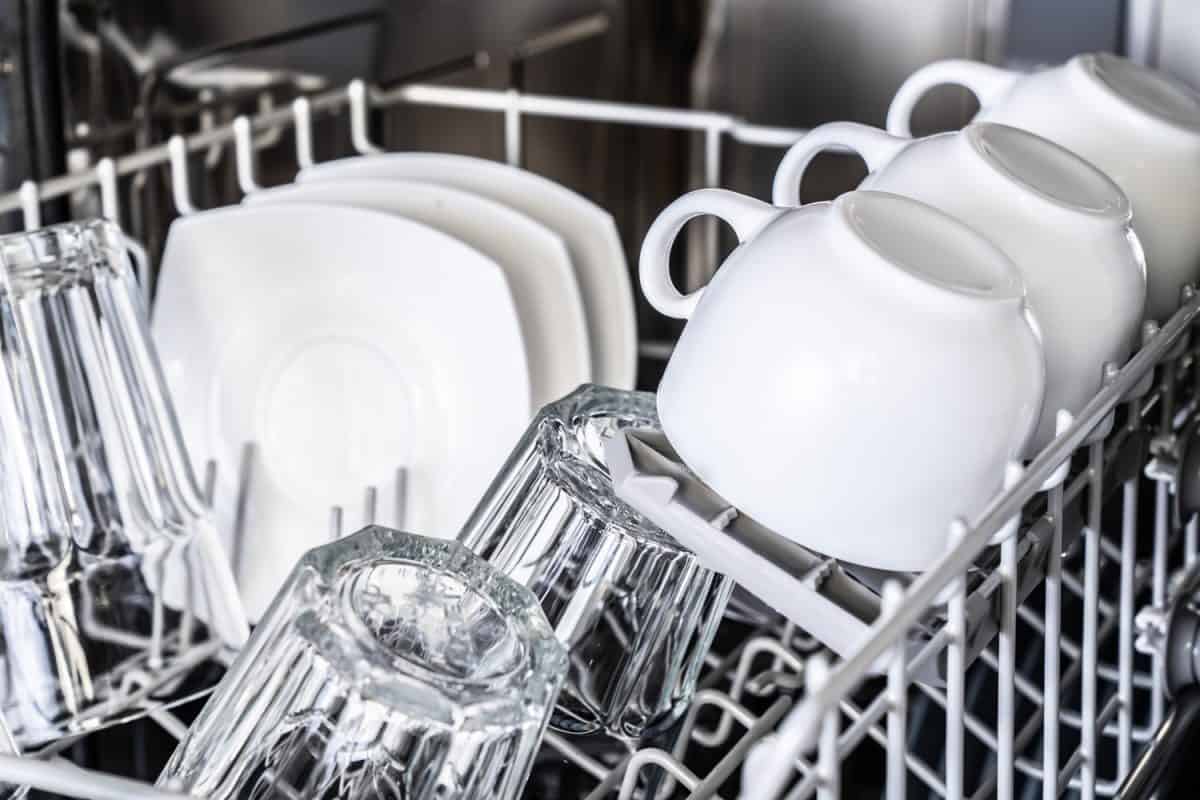
Dishwashers are a convenient way to clean dishes, but is it safe for wooden cutting boards? Unfortunately, the answer is no. Never place wood cutting boards in the dishwasher, as it will cause the wood to warp, crack, or even break in half! Forgo the dishwasher and stick to hand-washing your wooden cutting boards to retain their finish.
What Is The Difference Between A Butcher's Block And A Cutting Board?
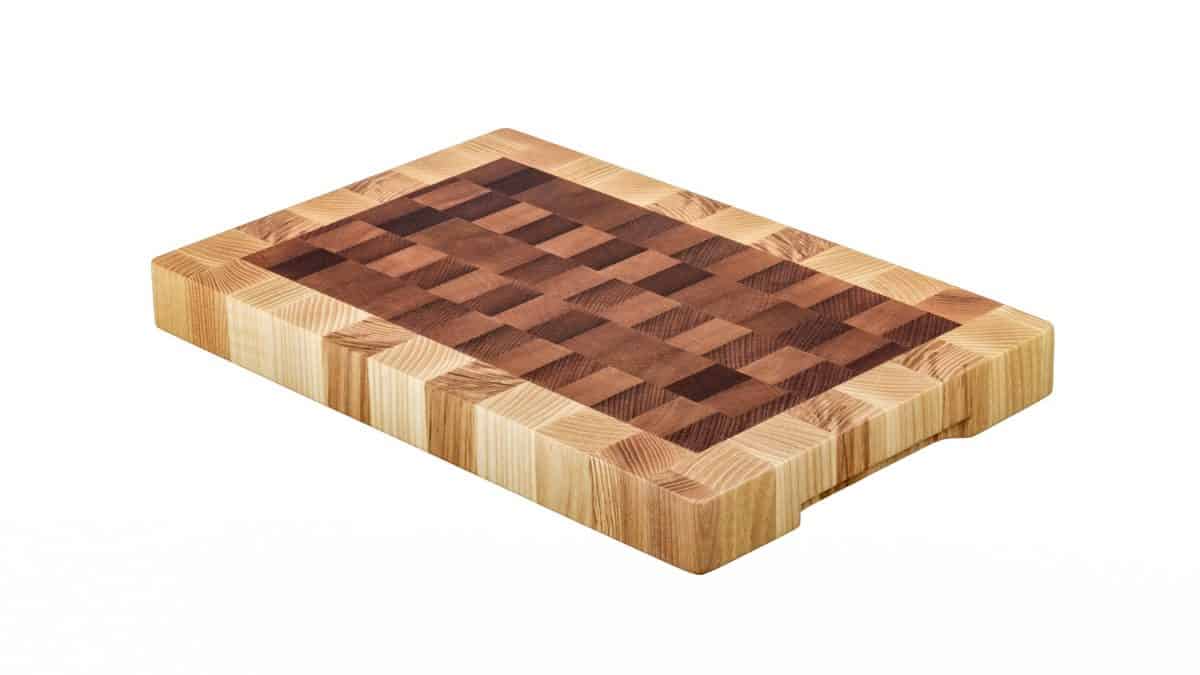
Butcher's blocks and wooden cutting boards share some of the same characteristics. For instance, both are made of wood, come in various sizes, and are cleaned and cared for the same way.
However, butcher's blocks are heavier, thicker, and are constructed from end-grain wood. They are heavier and thicker to accommodate heavy cutting with butchering meat, like deboning and quartering. The weight and thickness ensure that the block stays in place while you work, reducing the risk of messes and accidents.
End-grain wood means that in addition to making the block heavier and thicker, it gives the butcher's block a cut-resistant surface to take some serious wear and tear. In contrast, wooden cutting boards are made using edge-grain wood. You can use wooden cutting boards to cut meat, but if you're looking for a super sturdy surface that'll withstand heavy usage, a butcher's block is the way to go.
Both butcher's blocks and wood cutting boards need to be oiled monthly to keep the wood supple and conditioned.
Click here to see this butcher block conditioner and cutting board oil on Amazon.
Can You Use The Same Cutting Board For Meat And Vegetables?
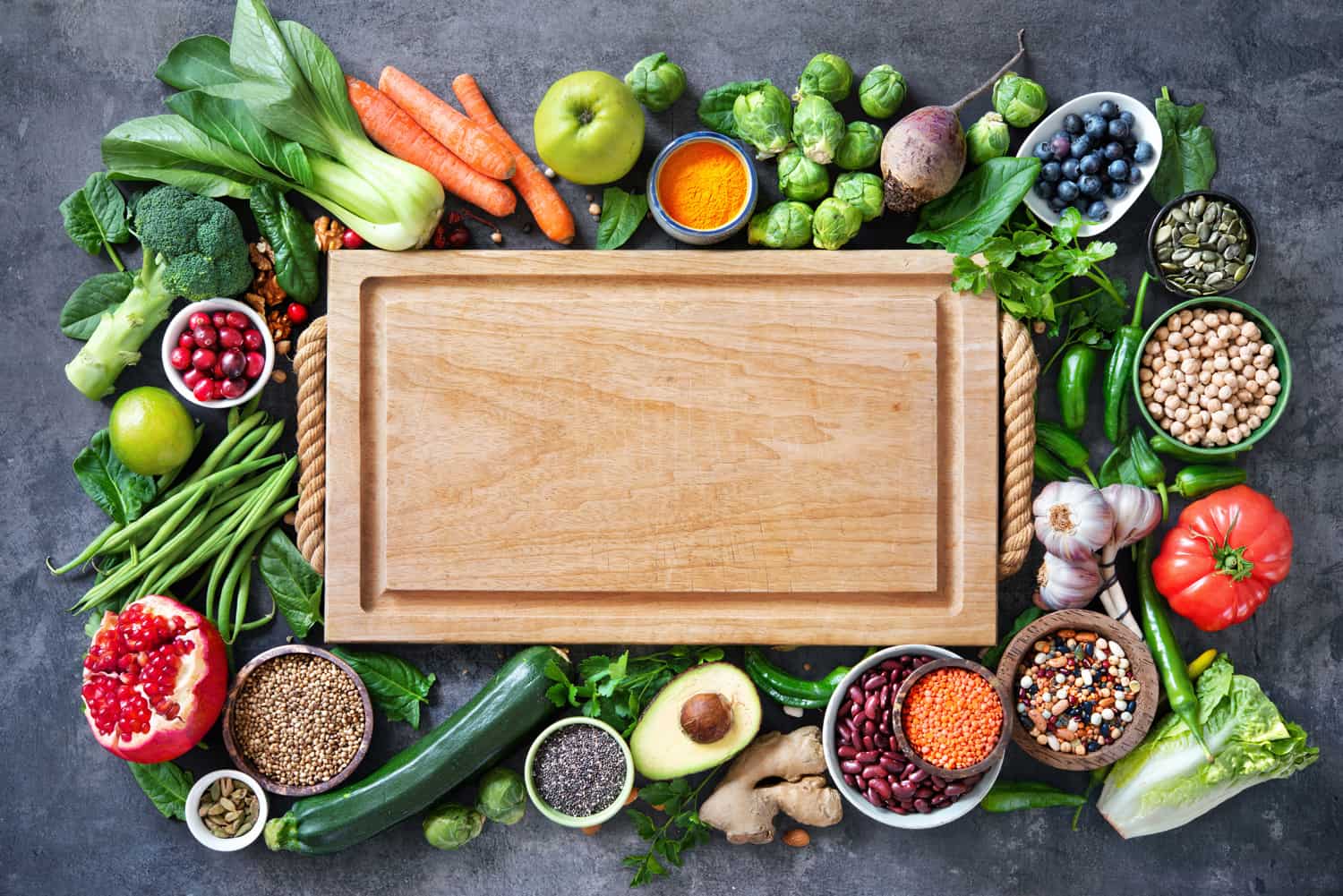
For proper food safety, you should always use separate cutting boards for meat and vegetables. Using two different boards ensures that there's no cross-contamination between the two.
If you only have one cutting board on hand, you should always cut vegetables first before cutting meat. It's a good idea to wash and rinse your cutting board before cutting meat. Replace cutting boards as soon as possible if they show signs of wear and tear like heavy scratches; deep scratches harbor harmful bacteria.
Click here for the USDA's safe food handling and preparation guide.
What Is The Best Cutting Board Material For Raw Meat?
![Raw meat assortment - beef, lamb, chicken on a wooden board, Can You Cut Meat On A Wood Cutting Board? [Raw And Cooked]](https://kitchenseer.com/wp-content/uploads/2021/06/Raw-meat-assortment-beef-lamb-chicken-on-a-wooden-board-1200x800.jpg)
Plastic cutting boards are an excellent choice for cutting raw meat because they can easily be thrown in the dishwasher after use, making them easier to clean. However, when your plastic cutting boards show signs of wear and tear, you should dispose of them as they are no longer considered a safe cutting surface.
Wooden cutting boards are also a great choice for cutting raw meat and are actually preferred by many chefs because bacteria that get on the board's surface go underneath the wood and dies shortly afterward, meaning that the wood has natural antibacterial properties.
As long as you clean your wooden cutting boards properly after using them, they are an excellent alternative to plastic.
In Summary
Wooden cutting boards are safe for cutting raw and cooked meat. They are durable, eco-friendly, and provide a soft cutting surface to extend the life of your knives. With proper cleaning and care, wooden cutting boards are an essential tool for your kitchen that will last for years to come.
Thanks for reading! For more knowledgeable kitchen advice, be sure to read:
Which Shun Knife Is Best for Cutting Meat?
What Oil Is Best For Butcher Block Or A Cutting Board?





